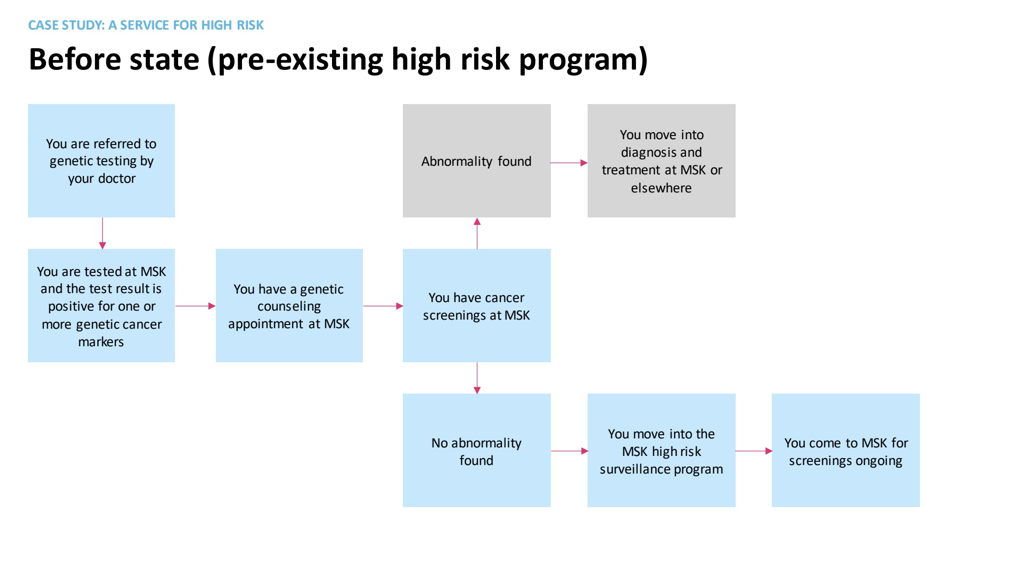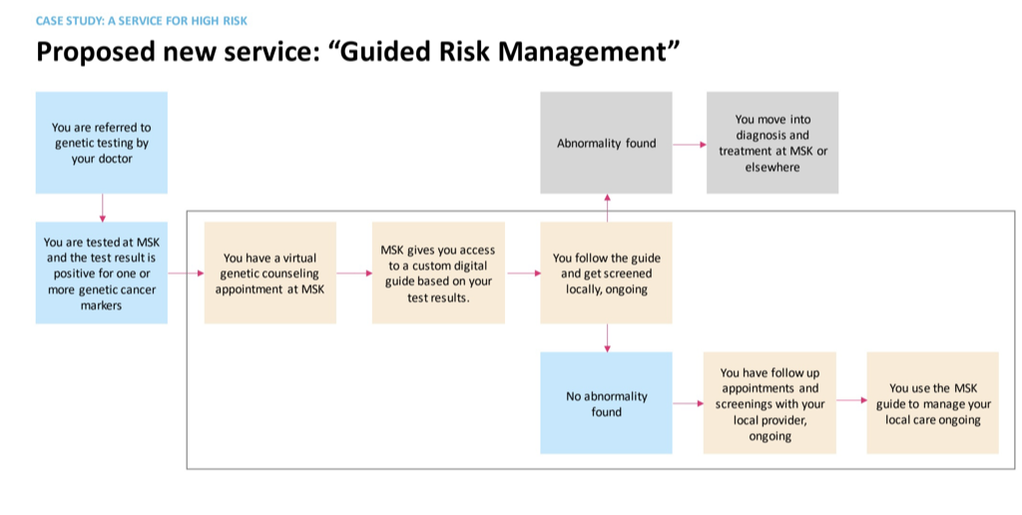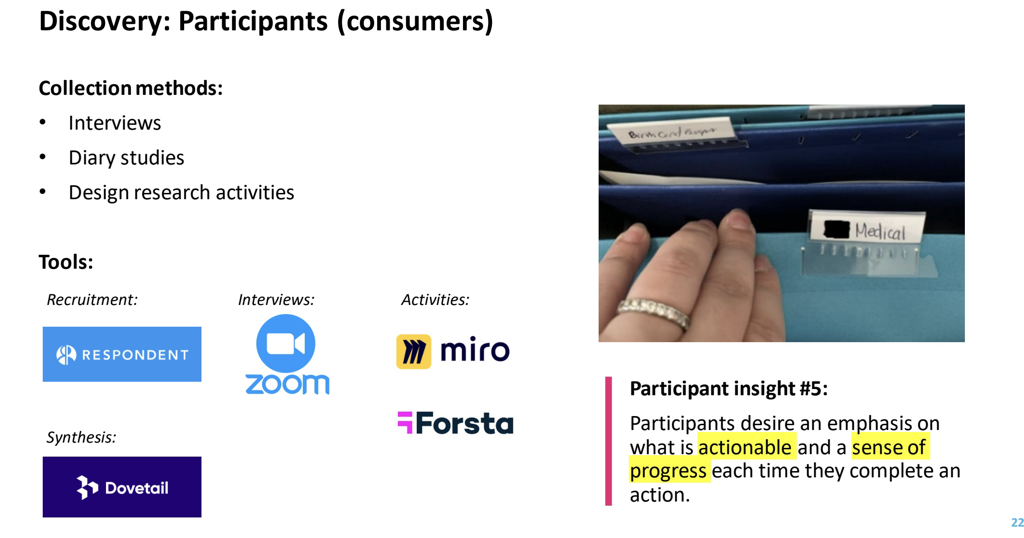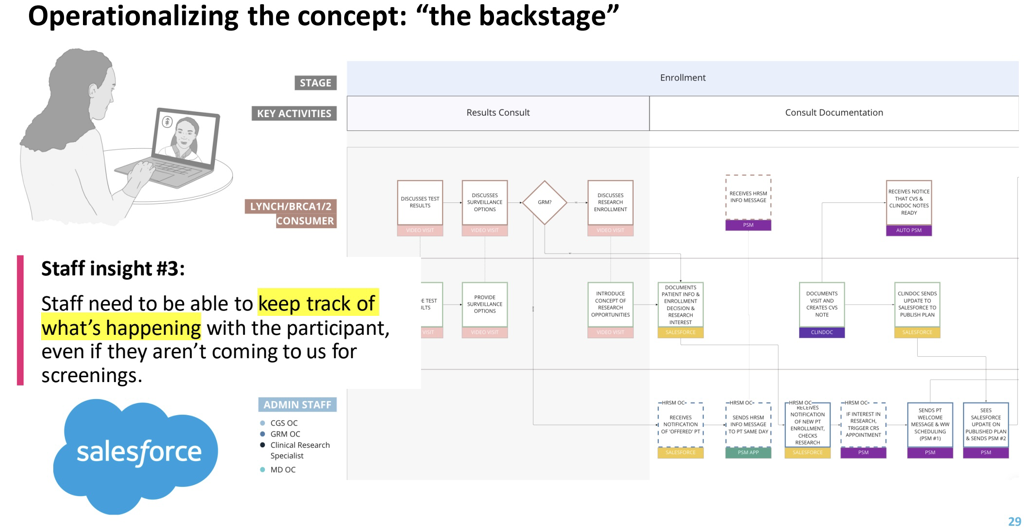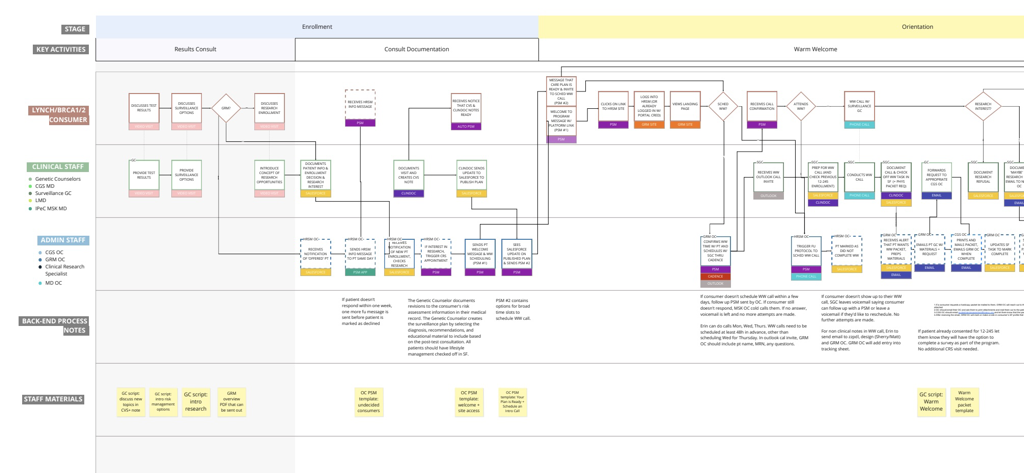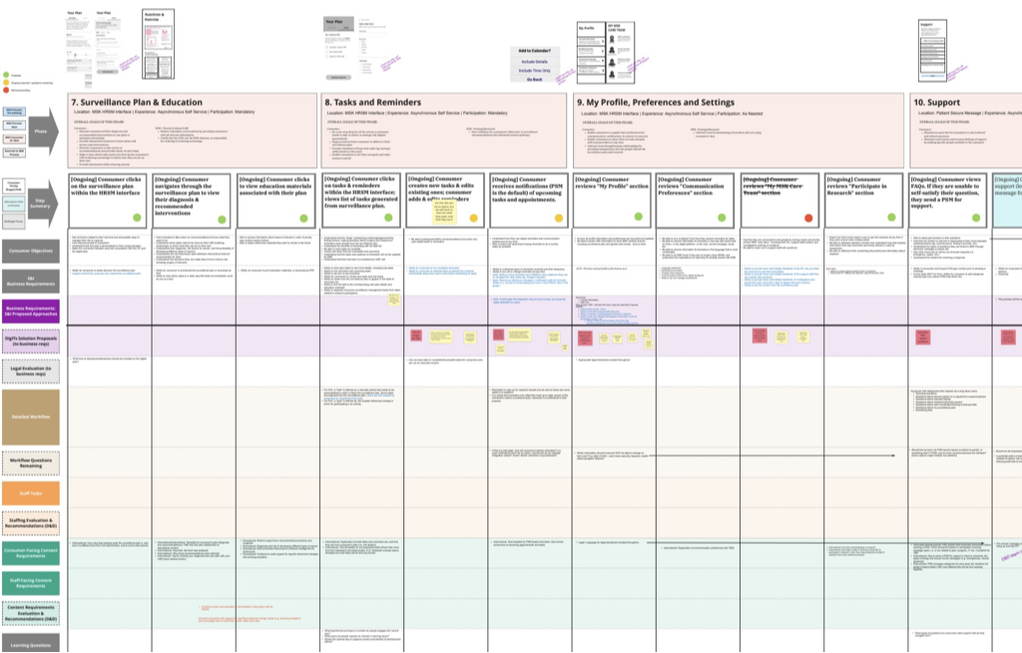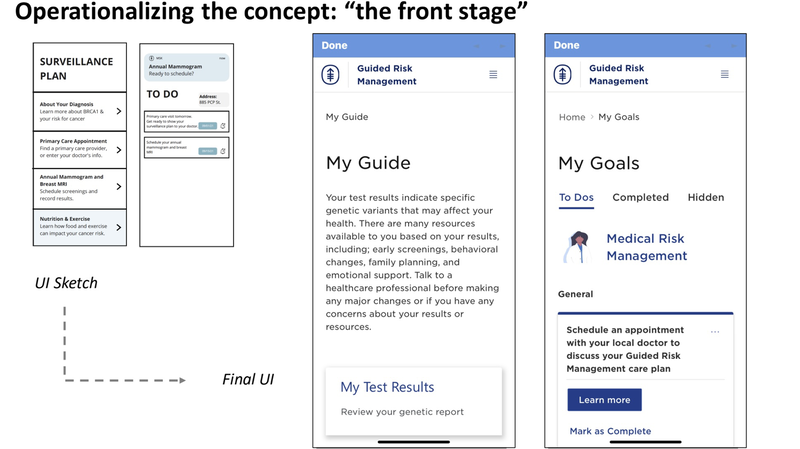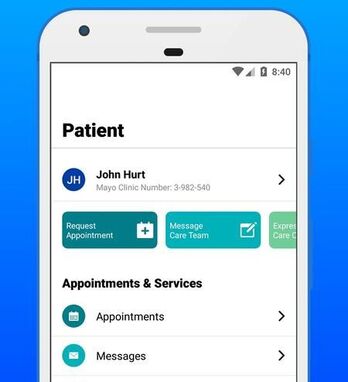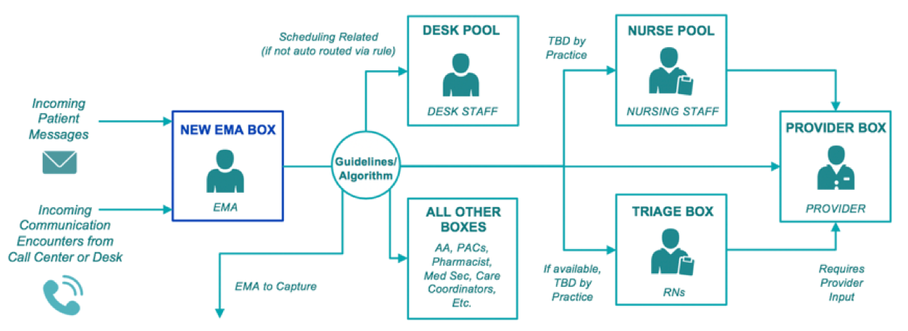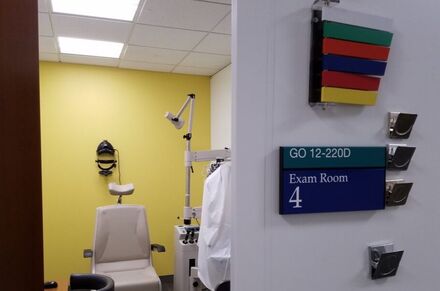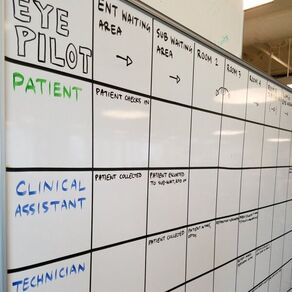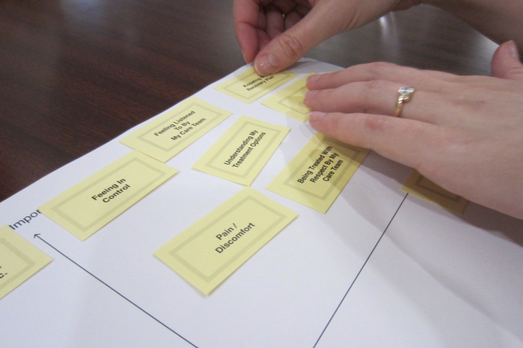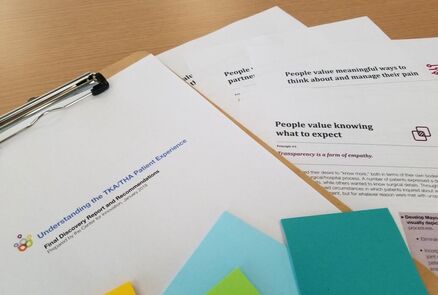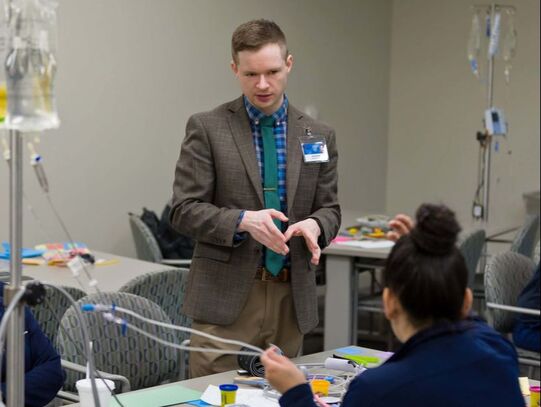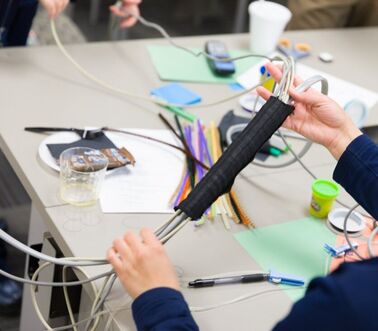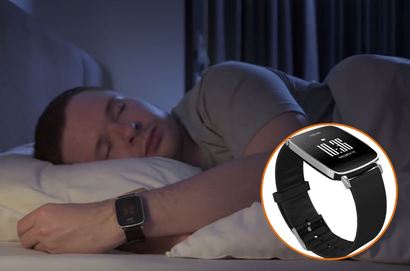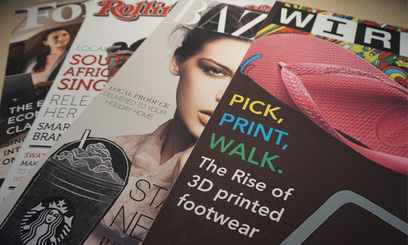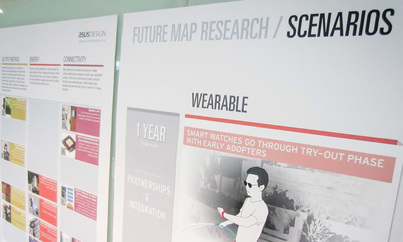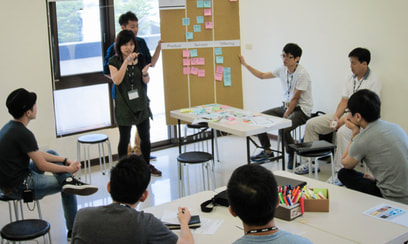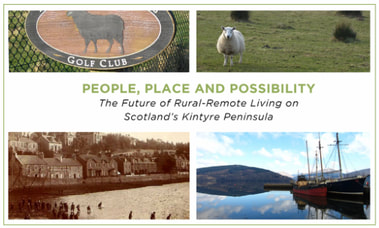PORTFOLIO
STRATEGY & FACILITATION
Over the years I’ve planned and facilitated a number of design related events, including but not limited to: corporate strategy, future visioning, concept development (Google Sprint, etc), team building off-sites, and more. Engaging with people and helping them unlock their creative potential is something I greatly enjoy.
RECENT PROJECTS
SERVICE DESIGN & DESIGN STRATEGY: A new genetic cancer program
- Summary: Development of a new service that helps people with a genetic high risk for cancer.
- Problem space: Most cancer care programs focus on individuals who either have active cancer, or are cancer survivors. People with a genetic high risk of potentially getting cancer later in life have a much less clear path forward.
- Design question: How might we scale the expertise of a top tier, NYC-based cancer center while leveraging care that is local to the individual?
- Business Objective: Develop a functional proof of concept that demonstrates consumer benefit and business viability.
- Outcome: The pilot was launched in 2023 and it is now an implemented program.
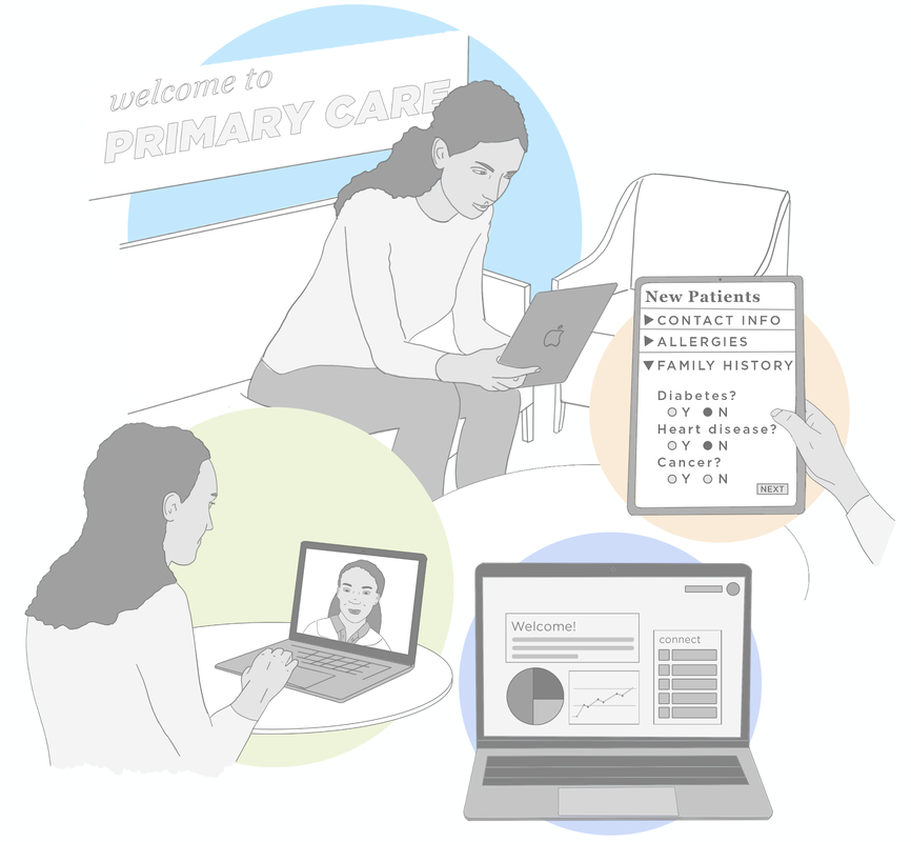
I created these illustrations to help communicate the overall concept during an early stage of the project. Once stakeholders understood our story, it became much easier to communicate project progress with them. I used the visuals to anchor subsequent design artifacts (shown below), so that we never lost sight of the vision.
Final prototype:
DESIGN STRATEGY: The future of cancer care
- Overview: Several weeks of exploratory primary and secondary research culminated with the creation of these vignettes. One memorable interview was with a participant who used Facebook groups to sell products amongst peers, which got me thinking about what "altruistic" motivators would be needed for people to do something similar with cancer screening and prevention (see "Sara's Story").
- Deliverable: I made these vignettes to communicate research findings in a way that would be thought provoking to stakeholders. They were used to prompt discussions about how we plan to attract, engage, and retain new patients and consumers in the future.
Tap/click the arrows to navigate.
PREVIOUS PROJECTS
SERVICE DESIGN: Patient portal messaging
- Objective: Alleviate the burden of time it takes nurses and physicians to read, contextualize, and triage messages written by patients.
- Design proposal: Create a new staff role (+ digital workflow) where a trained medical assistant functions as traffic control for all incoming patient messages. Create a library of pre-scripted phrases to answer FAQs from patients.
- Outcome: The quantitative pre-post analysis of message volume showed that the newly designed staff role was able to traffic control and/or partially capture many patient messages. This lowered the volume of messages received by nursing and physicians. The pre-scripted phrases were well received in terms of how they increased workflow efficiency.
- Implementation: The new staff role is currently in place in a large primary care practice. The pre-scripted phrases have been implemented at multiple practices.
SERVICE DESIGN: Full fidelity, multi-month pilot for an ophthalmology practice
- Objective: Shorten eye appointment times to accommodate executive patients with tight schedules while maintaining an experience of high quality care.
- Design proposal: Offer a non-dilation alternative to retinal exams and implement a streamlined multi-room system (refraction, examination, contacts/eyewear, etc.).
- Outcome: The quantitative RFID tracking of patient participants showed that average appointment times were indeed shorter. The qualitative follow up interviews showed that satisfaction and perception of care were both very high.
- Implementation: This "clinic within a clinic" is now a real offering within the executive medicine program.
DESIGN STRATEGY: Help a surgical practice rethink how it delivers quality care
- Objective: Frame qualitative patient insights in a way that can be used by leadership.
- Design Deliverable: Insights from patients were distilled into a new set of guiding principles.
- Implementation: The principles were deployed as a decision making tool during business meetings.
PRODUCT DESIGN: Co-creation of a device to stabilize IV lines and monitoring chords
- Objective: How can we help our nursing staff keep lines and chords organized while they transport patient beds?
USER EXPERIENCE RESEARCH: Software with companion smartphone app for patients--EHR integrated
- Objective: Conduct research for an app that will help patients be better partners in the management of their chronic disease.
- Design Deliverable: Insights gathered from interviews with clinicians were packaged as wireframes and service journey maps to illustrate the patient controlled mobile app and the clinician controlled desktop app.
- Implementation: The app was released by the client on Android and iOS.
WAY BACK
|
UX Design: Fitness Apps
I facilitated a series of design sprints for my team with a goal of developing app concepts that could enhance ASUS' current or planned portfolio of products. Read more... |
|
Design Strategy Workshop: PC
This workshop generated new possible directions for the future of ASUS All-in-One PCs. Read more... |
|
Trend Research: "Future Map"
This map is an ongoing research project and is used as a starting point for innovation activities and workshops. Read more... |
|
Research Project: Cloud Computing in the Scottish Highlands
Case project aimed at uncovering future applications for cloud technology in a national park. Read more... |
|
Design Strategy Workshop: Tablet
The goal of this workshop was to develop concepts for new services that could improve existing tablet products. Read more... |
|
Research Project: Economic Futures for Rural Scotland
Research project aimed at identifying areas of economic opportunity for future living in an isolated area of Scotland. Read more... |
© Matt Basore 2024
© Matt Basore 2024
